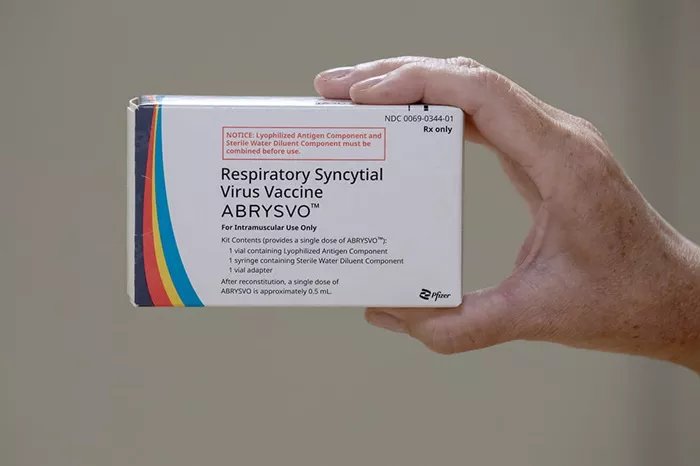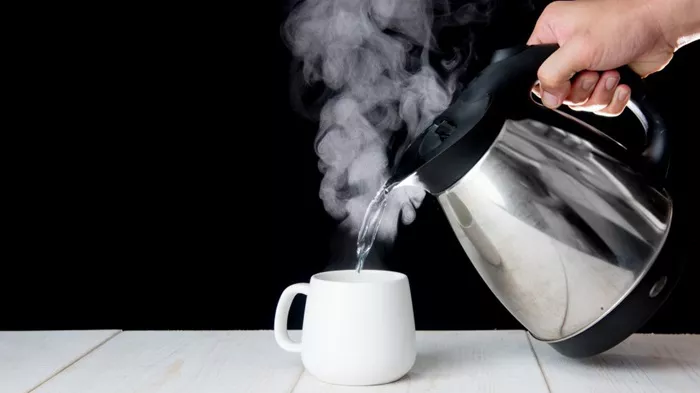Obsessive-Compulsive Disorder (OCD) is a mental health condition that involves recurring and persistent thoughts (obsessions) and behaviors (compulsions) that a person feels driven to perform. While OCD manifests differently from person to person, it is often categorized into various forms based on the types of obsessions and compulsions experienced. In this article, we will explore the seven primary forms of OCD, offering a detailed understanding of each type, its symptoms, and potential treatment options.
1. Contamination OCD
Contamination OCD is one of the most well-known forms of the disorder. Individuals with this type of OCD are often preoccupied with the fear of contamination. This can include concerns about germs, dirt, bodily fluids, or other unclean elements. The obsessions are related to the idea that touching or coming into contact with a contaminated object or substance could lead to illness, harm, or bad outcomes.
Symptoms of Contamination OCD: People suffering from contamination OCD may engage in behaviors such as excessive handwashing, cleaning, or avoidance of public places or certain objects. They may also have intrusive thoughts about being infected or causing harm to others due to their perceived contamination. The compulsion to wash, clean, or disinfect might be repeated several times, causing significant distress and interruption to daily life.
Treatment for Contamination OCD: The primary treatment for this form of OCD involves Cognitive Behavioral Therapy (CBT), particularly Exposure and Response Prevention (ERP), which helps individuals gradually confront their fears without engaging in compulsive behaviors. Medications, such as selective serotonin reuptake inhibitors (SSRIs), may also be prescribed to help manage symptoms.
2. Symmetry and Ordering OCD
Symmetry and ordering OCD involves an overwhelming need for symmetry, order, and exactness. Individuals with this type of OCD often feel uncomfortable when things are asymmetrical or out of place, leading them to arrange objects in a specific order or repeatedly adjust them until they feel “just right.” This form of OCD can involve both physical and mental compulsions.
Symptoms of Symmetry and Ordering OCD: People with symmetry OCD may engage in behaviors such as arranging items in a particular sequence, aligning objects, or even counting things to ensure they are in balance. They may experience anxiety or distress if things are not aligned or organized according to their internal standards. These rituals can interfere with daily life, as individuals feel compelled to spend large amounts of time ensuring that everything is perfectly symmetrical or ordered.
Treatment for Symmetry and Ordering OCD: Treatment generally involves Exposure and Response Prevention (ERP) therapy, where individuals are exposed to situations where their need for symmetry or order cannot be fulfilled, teaching them to tolerate the discomfort. Medication, specifically SSRIs, can also help alleviate symptoms.
3. Hoarding OCD
Hoarding OCD is characterized by the inability to discard or part with possessions, even when these items have little or no value. People with hoarding OCD experience severe anxiety at the thought of throwing things away and often keep items because of a fear of needing them in the future. This behavior can lead to living spaces becoming cluttered and unsanitary.
Symptoms of Hoarding OCD: Those with hoarding OCD may keep newspapers, clothes, books, or other objects, and feel a sense of distress or panic at the thought of getting rid of these items. The compulsion to accumulate possessions is often driven by the belief that the objects are somehow important or that they will be of use in the future. This form of OCD can result in significant living space limitations and can negatively affect relationships with others.
Treatment for Hoarding OCD: Cognitive Behavioral Therapy (CBT), particularly ERP, is effective in treating hoarding OCD. This therapy helps individuals address the underlying anxiety and gradually encourages them to part with possessions. For more severe cases, working with a therapist or professional organizer may be necessary to ensure safe and effective decluttering. Medications may also be used to help reduce anxiety and compulsive behaviors.
4. Intrusive Thoughts OCD
Intrusive thoughts OCD involves persistent, unwanted, and often distressing thoughts that are difficult to control. These thoughts may involve violent, sexual, or blasphemous content, and they cause significant anxiety or guilt. Individuals with this form of OCD may fear that they will act on these intrusive thoughts, even though they have no intention of doing so.
Symptoms of Intrusive Thoughts OCD: Those with intrusive thoughts OCD may engage in compulsions such as mental rituals or mental checks to counteract or neutralize the disturbing thoughts. For example, they may mentally repeat certain words or prayers to “cancel out” the intrusive thoughts. The content of the thoughts can be highly distressing, leading to feelings of shame or fear of harming others, even though they have no desire to do so.
Treatment for Intrusive Thoughts OCD: Exposure and Response Prevention (ERP) is a common treatment, helping individuals confront their intrusive thoughts without engaging in mental compulsions. Cognitive restructuring may also help individuals challenge their beliefs about these thoughts and reduce the associated anxiety. Medications such as SSRIs can also be helpful in managing symptoms.
5. Checking OCD
Checking OCD involves the compulsive need to check things repeatedly to ensure that everything is safe or in order. This can include checking locks, appliances, or even personal items like wallets or phones to ensure they are secure or properly placed. This form of OCD can lead to time-consuming and repetitive behaviors, causing significant distress.
Symptoms of Checking OCD: People with checking OCD may spend excessive amounts of time verifying that doors are locked, stoves are off, or other safety measures have been taken. They may also check the same thing multiple times, even if there is no logical reason to doubt their initial action. This need to check stems from a fear of making a mistake or causing harm, even if the risk is minimal.
Treatment for Checking OCD: Exposure and Response Prevention (ERP) is the most effective treatment for checking OCD. This therapy involves exposing individuals to situations where they cannot check or where they must tolerate uncertainty, reducing the compulsion to check. SSRIs may also help alleviate symptoms, particularly if the checking is linked to anxiety.
6. Religious OCD (Scrupulosity)
Religious OCD, or scrupulosity, involves the compulsive need to follow religious rules, rituals, or moral standards to an extreme degree. Individuals with this form of OCD may experience intense guilt or fear of committing immoral acts, even if they have not done so. The obsessions often center around religious beliefs or practices.
Symptoms of Religious OCD: People with scrupulosity may engage in compulsions such as excessive prayer, seeking constant reassurance from religious leaders, or avoiding certain activities or situations to prevent moral or religious transgressions. The compulsions are driven by a fear of being morally or spiritually wrong, even when there is no evidence to support these fears.
Treatment for Religious OCD: Cognitive Behavioral Therapy (CBT), including ERP, can be beneficial in addressing the compulsions and irrational beliefs associated with scrupulosity. Therapy can help individuals challenge their fears and learn to tolerate uncertainty regarding their religious beliefs. Medications such as SSRIs can also be helpful for managing anxiety and compulsions.
7. Body-Focused OCD (BDD)
Body Dysmorphic Disorder (BDD), often classified under the umbrella of OCD, involves an obsessive focus on perceived flaws or defects in physical appearance, which may be minor or non-existent. People with BDD often engage in compulsions to “fix” or hide these perceived flaws, leading to significant distress and impairment.
Symptoms of Body-Focused OCD: Individuals with BDD may spend excessive time in front of mirrors, grooming, or seeking cosmetic procedures to improve their appearance. They may become preoccupied with certain body parts, such as their skin, hair, or nose. This disorder can lead to a distorted self-image and an overwhelming sense of dissatisfaction with one’s appearance, even though the perceived flaws are not noticeable to others.
Treatment for Body-Focused OCD: Treatment often involves Cognitive Behavioral Therapy (CBT), particularly Exposure and Response Prevention (ERP), which targets the compulsions related to body image. Medications, especially SSRIs, can help manage the symptoms and reduce the obsessive thinking and compulsive behaviors.
Conclusion
Obsessive-Compulsive Disorder is a complex mental health condition that affects individuals in various ways. The seven forms of OCD—contamination, symmetry and ordering, hoarding, intrusive thoughts, checking, religious OCD, and body-focused OCD—represent the diverse nature of the disorder. Although the symptoms and compulsions vary across individuals, effective treatments, such as Cognitive Behavioral Therapy (CBT), Exposure and Response Prevention (ERP), and medication, can help those affected lead fulfilling lives. Understanding the different types of OCD is crucial in providing accurate diagnosis and treatment, and support for those struggling with the disorder is vital in helping them manage their symptoms and improve their overall quality of life.
Related Topics

































